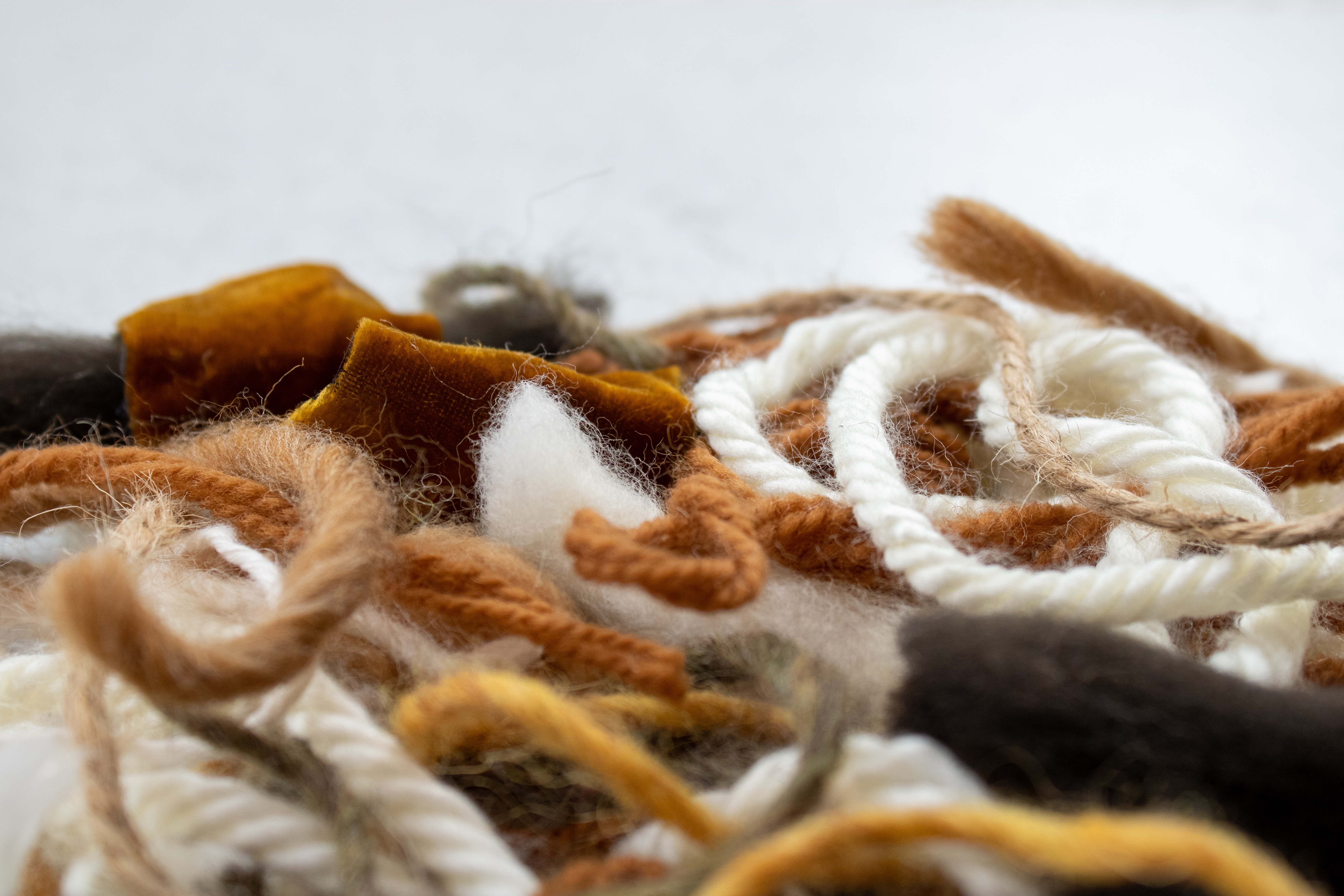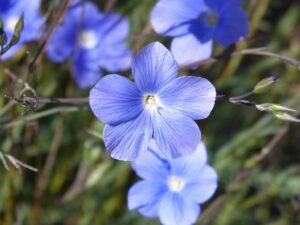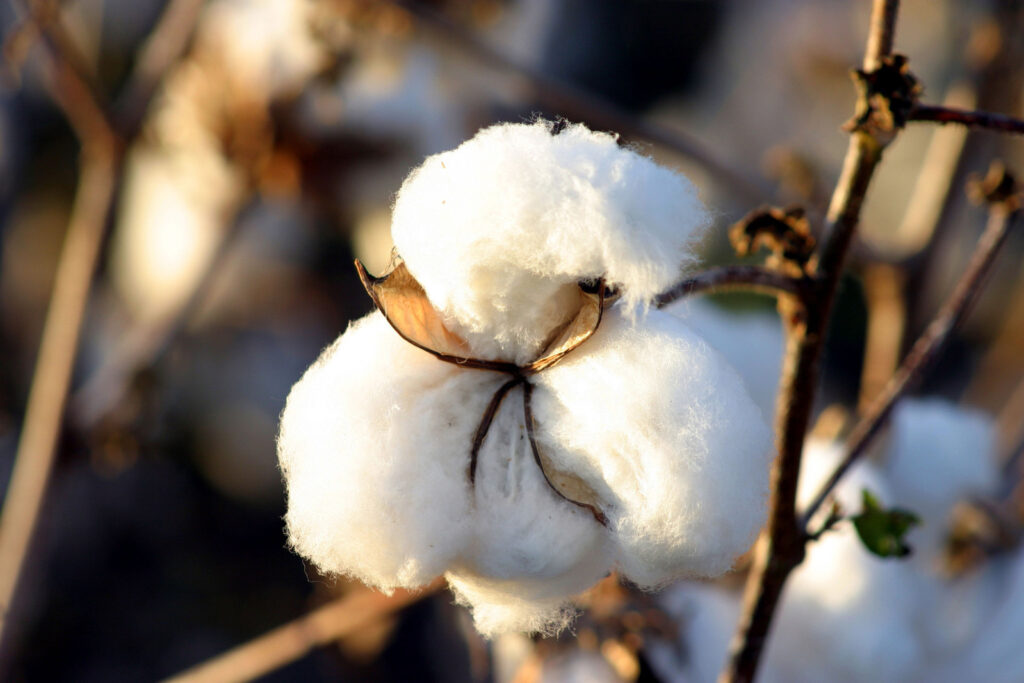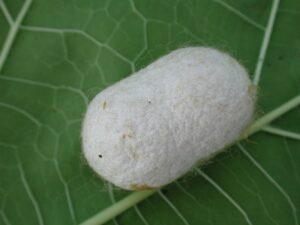
The Origin of Everything: THE FIBRES
Every fabrics has its own characteristics, due to the way it is made and to the raw material: in some cases the yarns originate from parts of plants, from animals or even minerals, while in other cases they derive from inorganic substances, through elaborate chemical processes. Natural fibres are known and appreciated for their comfort, their softness, their versatility and above all for their resistance.
These are the unique and reproducible fibres that mother nature offers to us and on which Cadini has placed its attention to realize high-quality garments.
Vegetable Fibres and Animal Fibres
The most ancient fabrics created by man, that came down to us, date back to the Mesolithic (10,000 BC): although we do not know the reason why our ancestors began to weave, we do know that they began using vegetable fibres, in particular linen, and only later they began to use also animal fibres.

Linum usitatissimum
Linen: it is one of the first, if not the first, material to be collected, spun and woven.
Nature: stem of the herbaceous plant Linum usitatissimum, it is 1 meters high with blue or white flowers
Features: strong, resistent, insulating, less elastic than cotton
Hemp: used since ancient times together with linen for ropes and nets; treaded today like cotton, it is used for clothing
Nature: fibre taken from the stem of the plant Cannabis sativa, it is 3-4 meters high
Features: resistent, the plant does not require pesticides and chemical additives

Cotton
Cotton: the most used textile fibre in the world, it has been cultivated in India for more than 3000 years.
Nature: fruit of Gossypium, it is a capsule that contains seeds covered with a cellulosic hair (cottonwool)
Features: softness, breathability, resistance, elasticity, good water absorption capacity, hypoallergenic

Silkworm cocoon.
Wool: 100% biodegradable and renewable, it grows every year after shearing
Nature: sheep, goat, rabbit, camel, llama cloak
Features: resilient, antistatic, elastic, absorbent, breathable, insulating from heat and cold
Silk: silkworms feed on the mulberry plant growing almost exclusively in Sicily
Nature: obtained from the cocoon of the silkworm
Features: reflective and absorbent, soft, light and thin, insulating from heat and cold
Between Natural and Artificial Fibres there are Recovered and Regenerated Fibres:
THE VISCOSE
Lyocell: commercialised under the name of Tencel (even if combined with Modal), it has been used since the 1960s and it is treated with non-toxic solvents
Nature: cellulose from wood pulp obtained from trees such as eucalyptus, oak and birch and chemically broken down in a soup mud and reformed into more easily woven fibres
Features: antibacterial, resistant, elastic, absorbent, soft
Rayon/Modal: fibre dissolved in the reaction produced by caustic soda and carbon sulphide, originally called “artificial silk” or “wood silk”
Nature: pulp of beech wood
Features: wear-resistant, soft, comfortable and highly hygroscopic, it dries slowly
Cadini confirms its commintment to the choice of raw materials, personal ethics and environmental sustainability of the fabric supply chain, with a strong supervision of the entire garments production process, without neglecting the quality and taste of the 100% Made in Italy haute couture.


